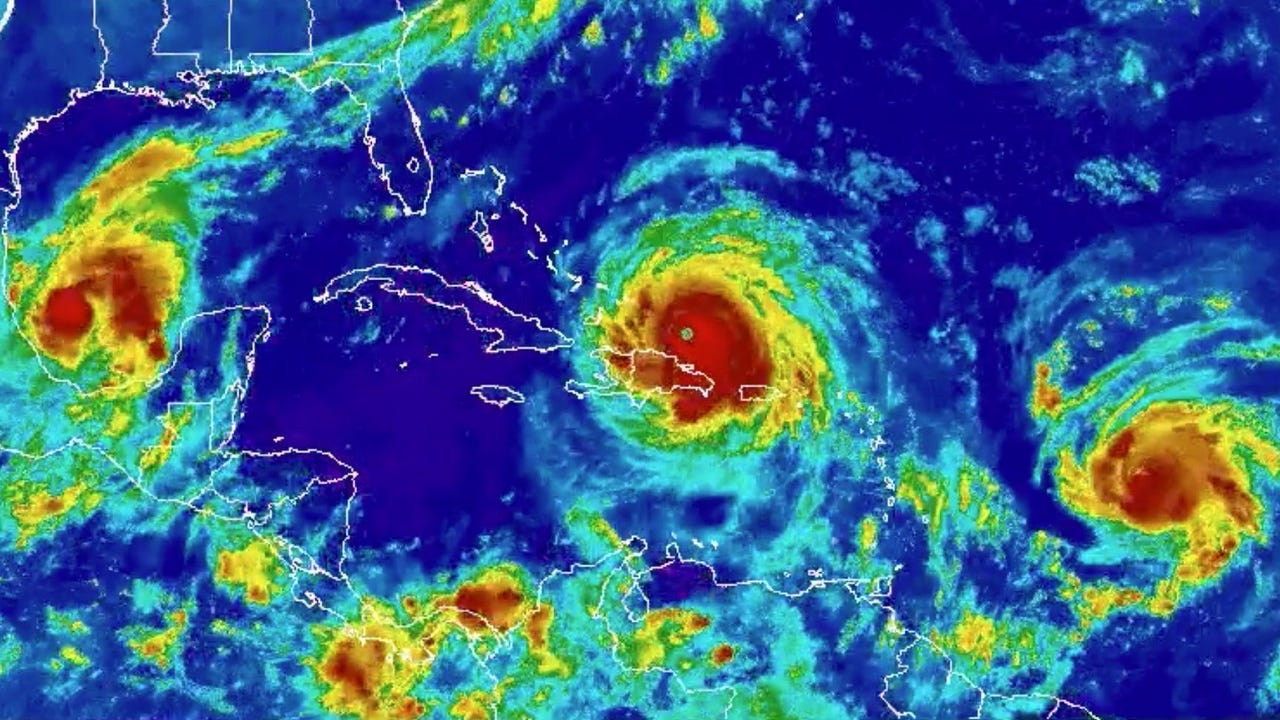































 Image: NOAA
Image: NOAA US weather and climate forecasting is about to get a major upgrade. The National Oceanic and Atmospheric Administration (NOAA) this week turned on two new supercomputers that are three times faster than the agency's former supercomputing system.
By this fall, the new HPE Cray supercomputers should deliver an improvement to the US Global Forecast System (GFS), a weather forecast model that generates data related to variables like temperature, wind, precipitation, soil moisture, and atmospheric ozone concentration. The new system will also help NOAA ready its new hurricane forecast model, the Hurricane Analysis and Forecast System (HAFS). The agency wants HAFS up and running in time for the 2023 hurricane season.
The boost in computing power will help the US deliver more detailed weather forecasts further in advance, which should have economic as well as safety benefits.
SEE: US knocks out Japan to take the supercomputer Top500 crown
"Accurate weather and climate predictions are critical to informing public safety, supporting local economies, and addressing the threat of climate change," US secretary of commerce Gina M. Raimondo said in a statement. "Through strategic and sustained investments, the US is reclaiming a global top spot in high-performance computing to provide more accurate and timely climate forecasts to the public."
The new HPE Cray machines, Dogwood and Cactus, are named after the flora native to their respective geographic locations of Manassas, Virginia, and Phoenix, Arizona. They are replacing NOAA's previous Cray and IBM supercomputers in Reston, Virginia, and Orlando, Florida.
Each supercomputer operates at a speed of 12.1 petaflops. They're currently ranked as the 49th and 50th fastest computers in the world by TOP500, which rates the 500 most powerful non-distributed computer systems in the world. Combined with NOAA's research and development supercomputers in West Virginia, Tennessee, Mississippi, and Colorado, the supercomputing capacity supporting NOAA's new operational prediction and research is now 42 petaflops.
With more power, NOAA will be able to take advantage of the significant improvements in forecasting models that are being developed.
 Tags quentes :
Inovação
Tags quentes :
Inovação